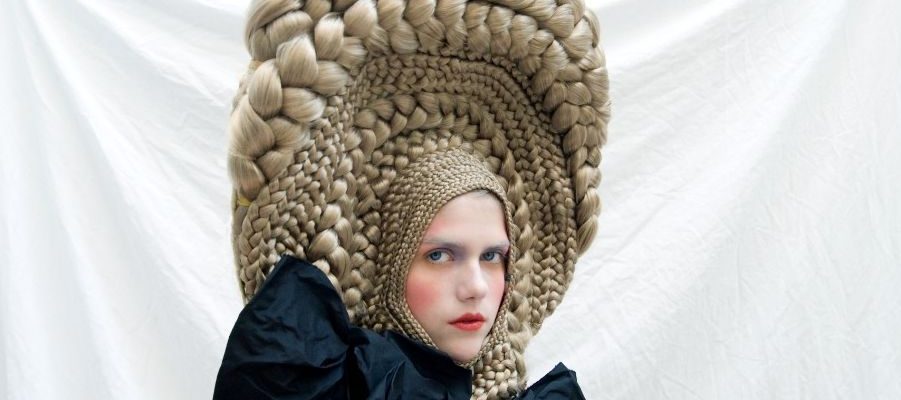What is the common point between The origin of the world de Courbet, a copy of the humorous comic strip Blondes and the clip of Rise Like A Phoenix of Conchita Wurst? Answer: exposure hair and hairs that welcomes the Museum of Decorative Arts in Paris from this Wednesday until September 17. “We can allow ourselves to confront a comic strip with a canvas from the 19th century, slipping 20 minutes Denis Bruna, the chief curator of the fashion and textile department. I consider that everything is a historical document: you have to know how to question it, what it means, ask yourself what it allows you to learn about such and such a subject. »
With 677 works spread over 1200 m2, the visit shows that hair and human hair “are subjects of history”, insists Denis Bruna. The course recounts hairstyle and body hair, in the West, from the 15th century to today. Did you know, for example, that between 1795 and 1810, a handful of women dared to wear a so-called Titus-style short haircut? “Its origin would be to be found in the “victims’ balls”, (…) reserved for those who would have claimed a parent shortened by the guillotine, indicates a cartel contextualizing two portraits. Some demand that one has previously “had the hair cut close to the nape of the neck, in the same way as the executioner cut it to the victims of the revolutionary tribunal”. »
“The exhibition speaks of the staging of oneself”
From the sophisticated hairstyles – “à l’horluberlu”, “à la Fontange”… – from the 17th century to the wigs of the drag-queens of Drag Race UK, the beard sometimes a symbol of virility, sometimes proscribed at court, sometimes a distinctive sign of the Austrian winner of Eurovision 2014, it is the evolution of fashions, perceptions, mores and societies that is given to see. “The exhibition questions the links between the construction of appearances and the body,” continues the chief curator. She talks about self-staging. We don’t get dressed, we don’t shave, we don’t comb our hair, we don’t let our beards grow just for ourselves, but for others. »
hair hair also addresses the question of professions, know-how and the way in which technical progress has contributed to their development. At the end of the tour, certain creations such as Martin Margiela’s jacket-wig in homage to Sonia Rykiel or the wig Black Lips designed by Charlie Le Mindu for Lady Gaga and her tour monsterball of 2009 underline the extent to which contemporary designers have appropriated the hair to make fashion objects out of it.
But it is with a return to reality and current events that the exhibition ends. On the last section of the wall, she recalls that, since this fall, Iranian women who demonstrate against the Islamist regime in power have resorted to the symbol of the cut lock of hair. “Generally in the Iranian tradition, women cut their hair as a sign of collective mourning,” says Denis Bruna. It is now also a sign of protest. It was important for us to talk about history in motion. We begin the exhibition with the veil imposed on women throughout the medieval period and we end with this text. What is happening in Iran shows precisely that the issues around hair go beyond fashion. »

